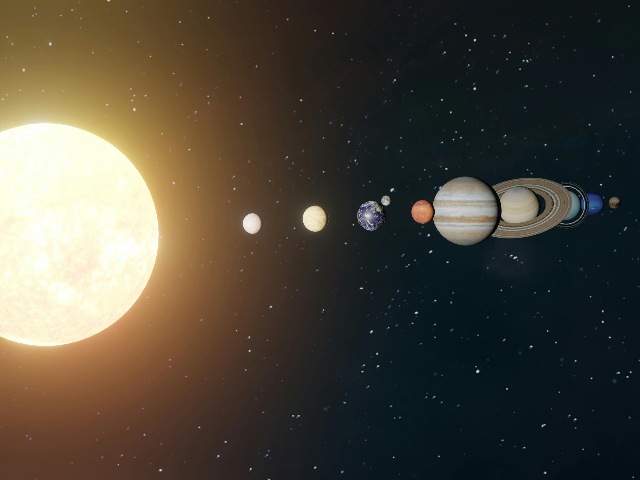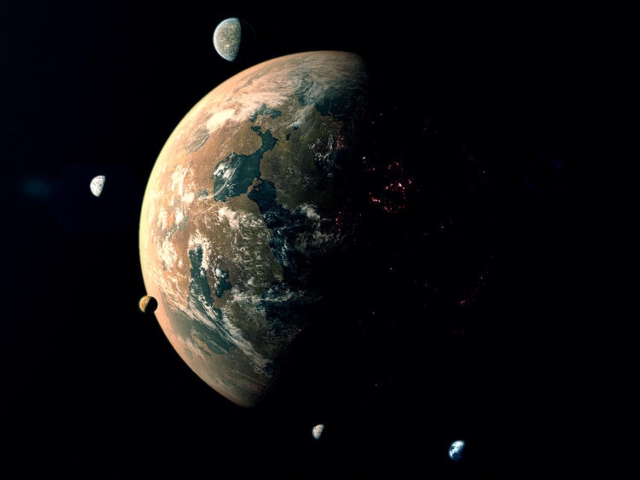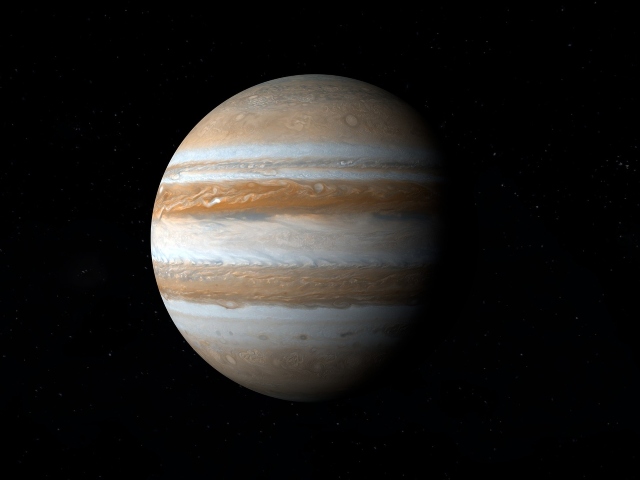A Very Rare Seven Planet Alignment Is About To Grace Our Night Sky

On the evening of 28 February 2025, the heavens will host an awe-inspiring spectacle, as all seven of the Solar System’s other planets come together in harmony.
Scientists Say They Have Found New Evidence Of An Unknown Planet In Our Solar System

If Earth was the size of a marble, the edge of our solar system would be 11 kilometres away. That’s a lot of space to hide a planet.
Amateur Astronomer Captures High-Speed Object Smacking Into Jupiter [Video]

It may just seem like an itty bitty flash, but if this same object hit Earth, load shedding would be the least of our worries.
India Announces Sun Research Mission Days After Successful Moon Landing

The nation’s ability to adapt and refine existing technology, combined with its wealth of skilled engineers operating at lower wages compared to international counterparts, have been driving factors in India’s success.
Neptune’s Ring Has Never Been Seen In Such Detail Before

We’ve only ever seen this icy giant in great detail when NASA’s Voyager 2 became the first and only space probe to fly past it for just a few hours in 1989.
A Hypothetical Ninth Planet Might Just Upend The Solar System As We Know It

Possible evidence of a ninth planet in our Solar System seems more likely than ever according to a British astronomer.
NASA’s Juno Spacecraft Nailed These Superb Jupiter Shots

At a distance of 628 million kilometres from Earth, NASA’s Juno spacecraft has sent us some dreamy snaps of Jupiter’s surface.
Largest Comet Ever Seen Is Headed Towards The Sun

The colossal Bernardinelli-Bernstein comet was first spotted in 2014, and has now made its way another billion kilometres closer to Earth.
You Gotta See This NASA Video Of A Comet Cruising Past Earth [VIDEO]

Asteroid Will Have Close Shave With Earth Tomorrow
An asteroid the length of four rugby fields will be speeding through Earth’s solar system tomorrow, at a closer proximity to us than the moon. Nothing of this magnitude has come nearly as close to colliding with our planet for 30 years. But rest assured the asteroid is not going to hit us. Not yet, anyway.
YOUR PARTY WILL BE VERY, VERY, VERY SMALL THIS WEEKEND
The Pale Blue Dot Carl Sagan is a deceased astronaut astronomer. And that miniscule blue dot inside the blue circle is Earth. He is one of the few people to have ever existed who could claim to have pondered global events with a truly broad perspective. When you’ve considered the earth from 6,1 billion miles […]
